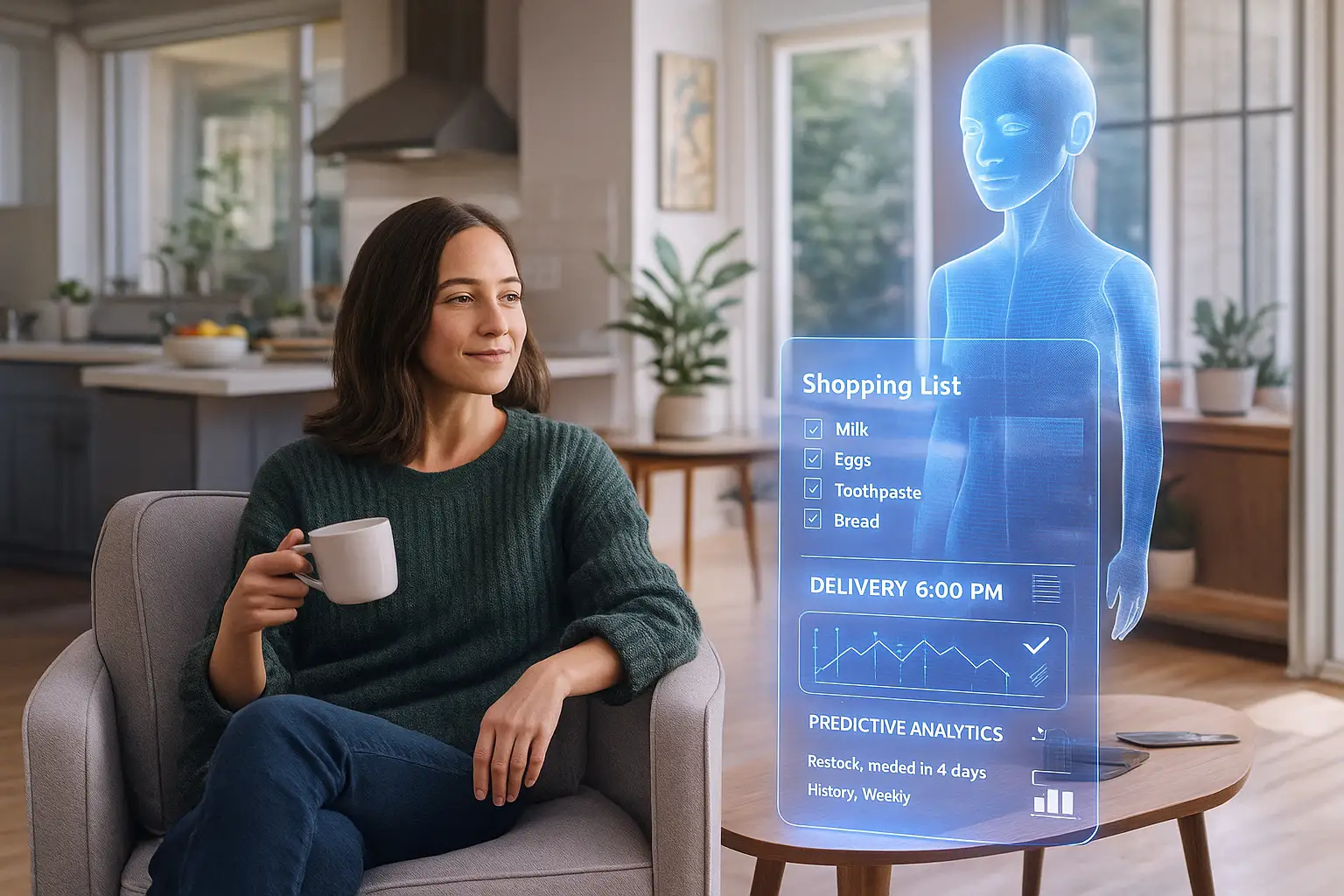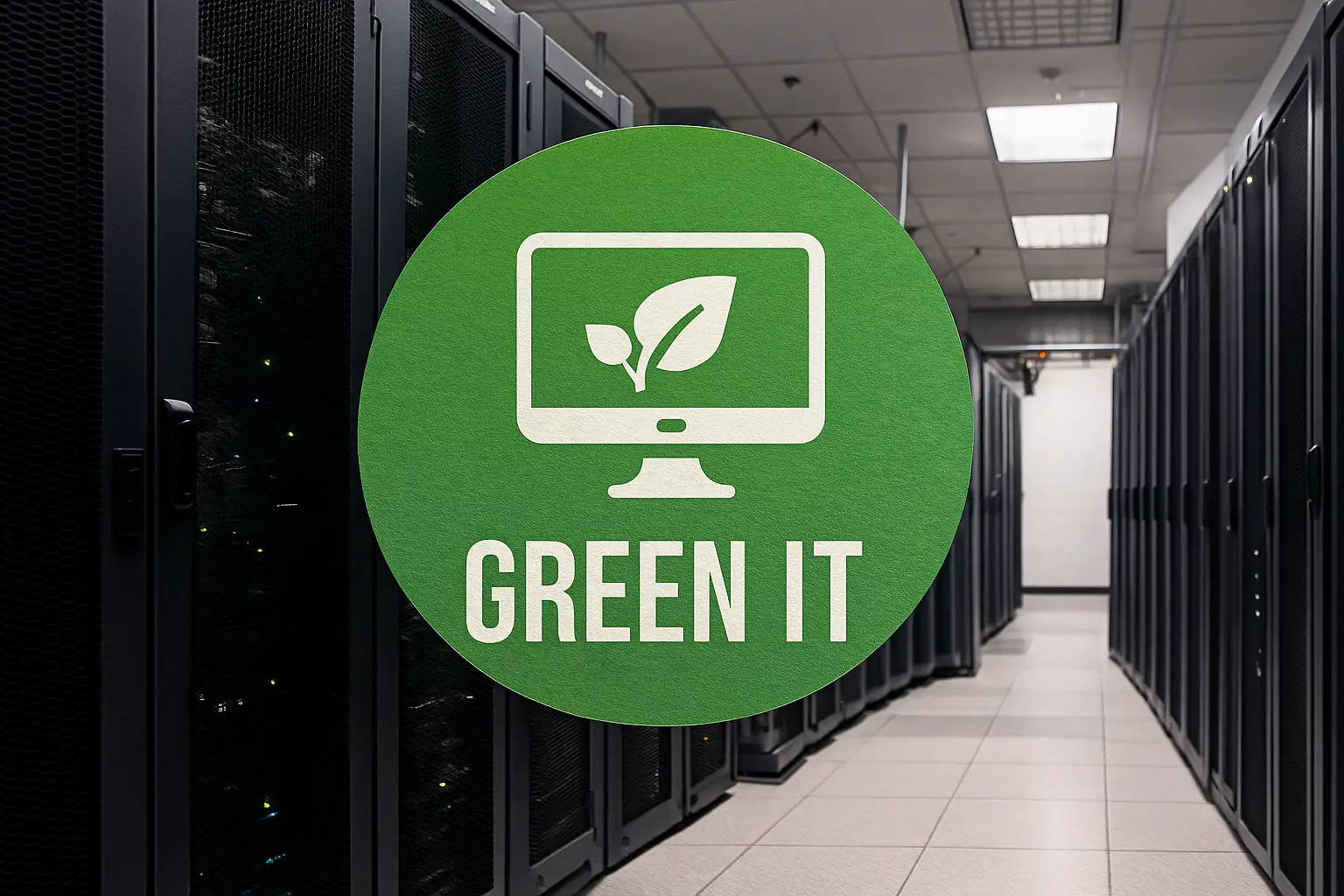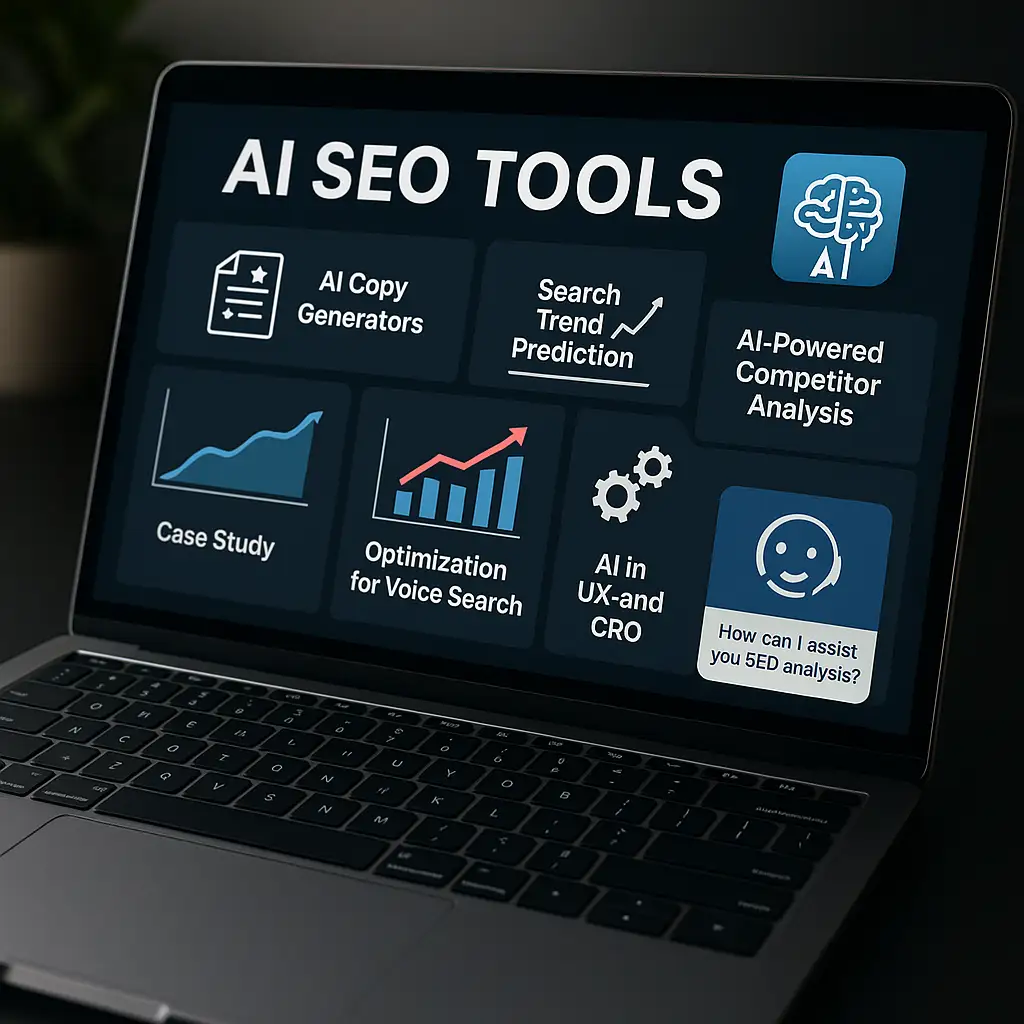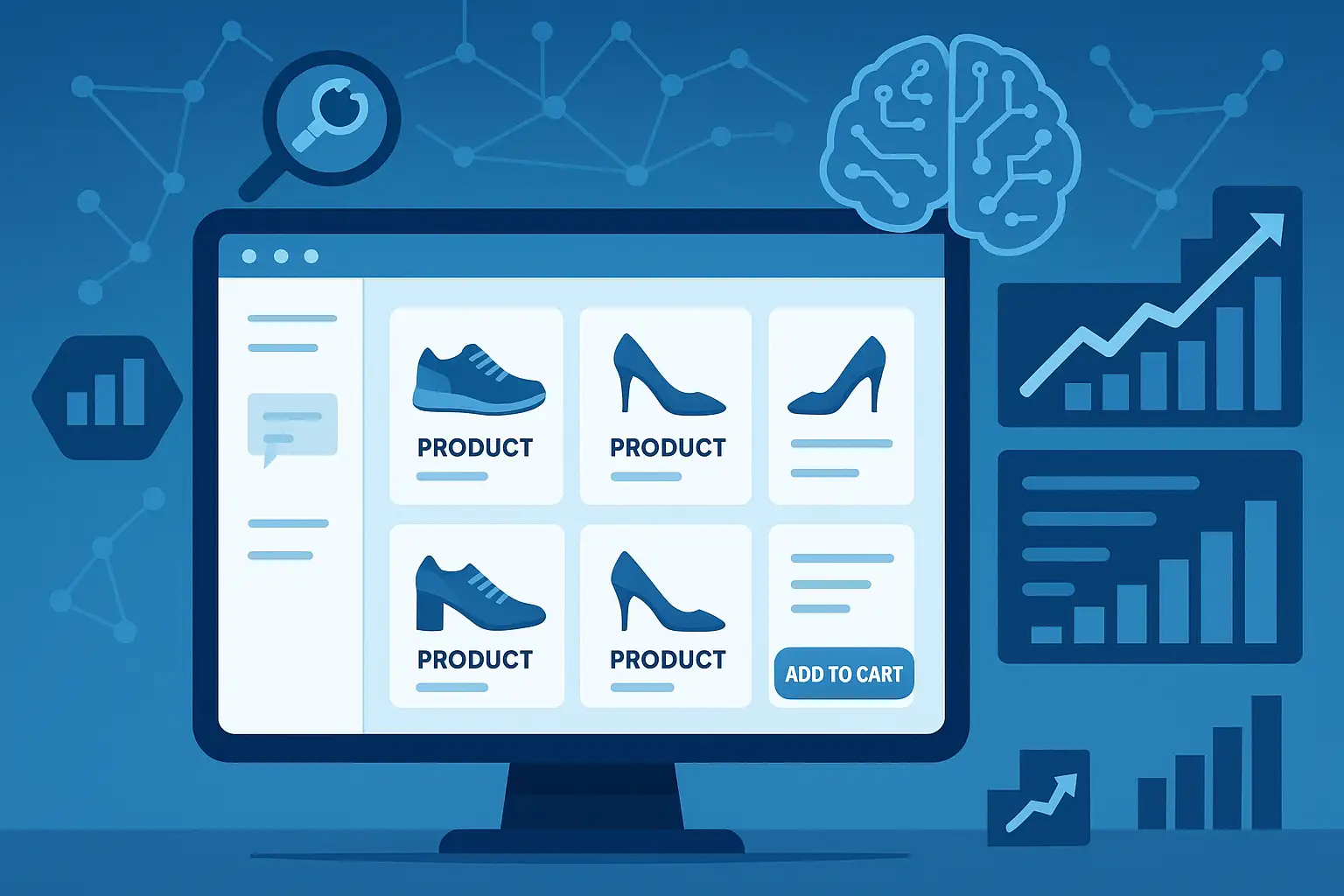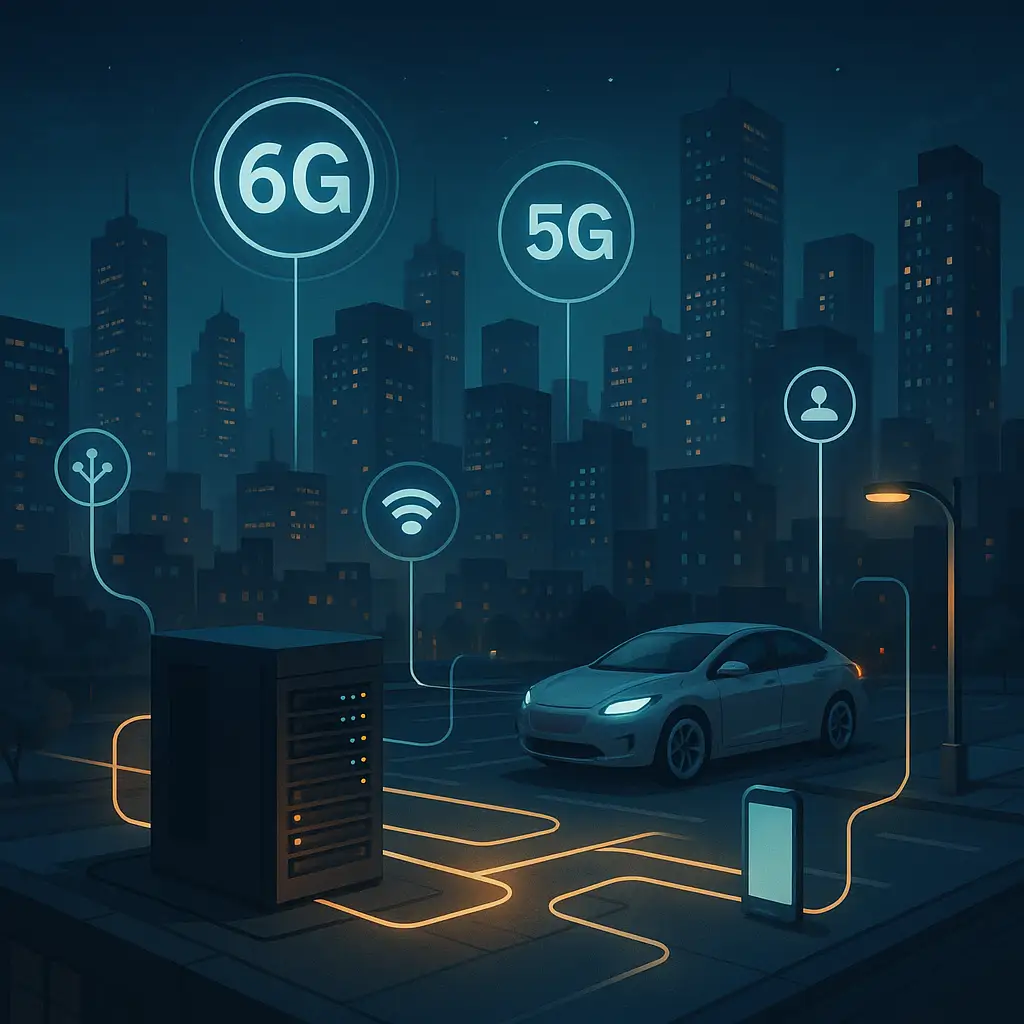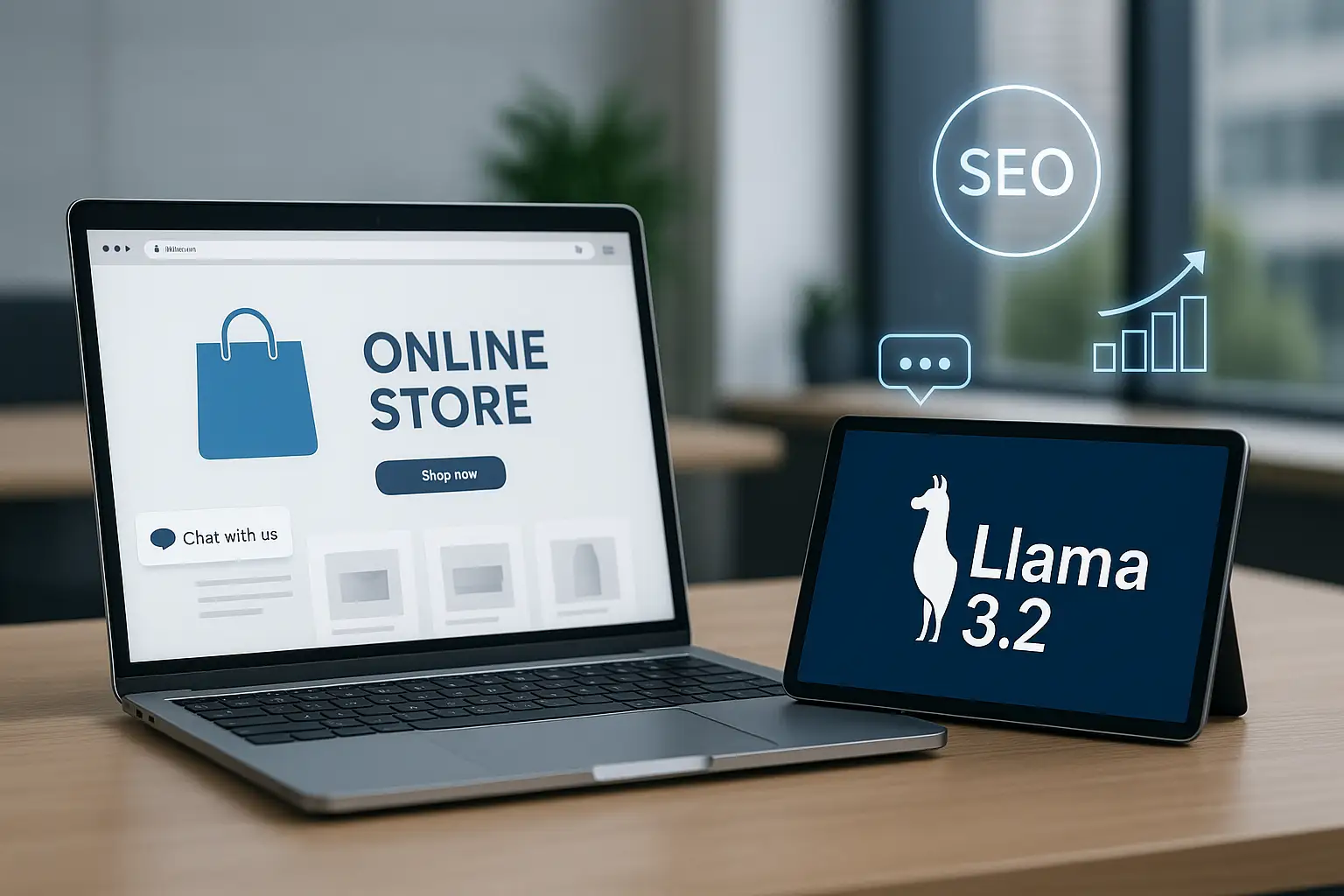Predictive Commerce: How AI Can Anticipate What Your Customers Will Buy Next
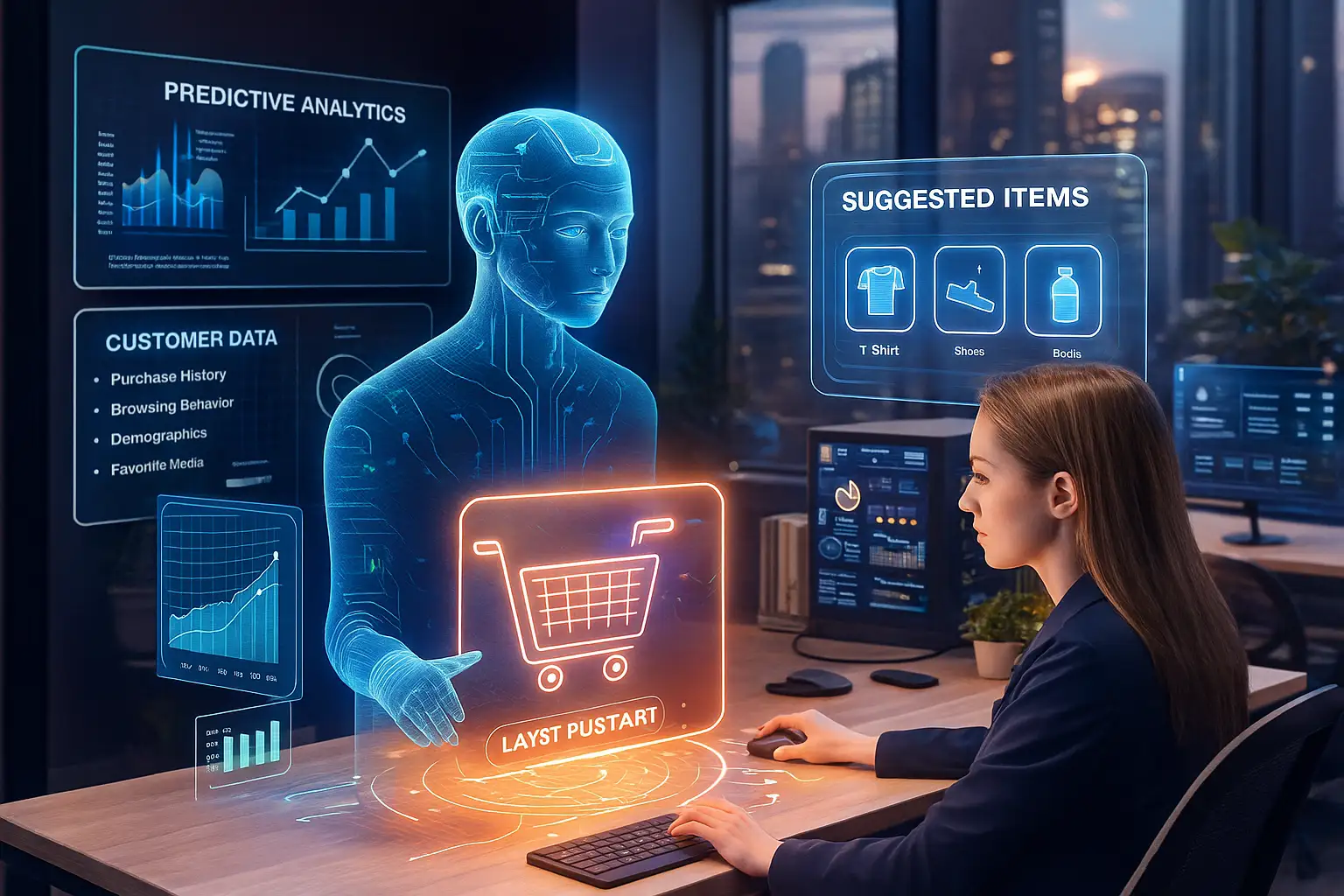
Predictive Commerce: How AI Can Anticipate What Your Customers Will Buy Next
Introduction
For years, e-commerce has been reactive: brands analyze what customers did — not what they will do. But in 2025 and beyond, this dynamic is flipping. The rise of predictive commerce allows online stores to act before intent becomes action. Using machine learning, behavioral data, and contextual signals, AI can now forecast individual customer needs with astonishing accuracy.
This evolution marks the beginning of a new era where marketing feels less like promotion and more like intuition — where stores “think” alongside their customers.
1. What Is Predictive Commerce?
Predictive commerce is the practice of using AI-driven insights to anticipate customer behavior and automate personalized actions across the entire shopping journey.
It combines:
- Predictive analytics (forecasting what will happen next),
- Machine learning (learning patterns over time),
- Behavioral data (how people interact with your store), and
- Contextual data (time, location, weather, trends).
The goal? Deliver the right product, at the right time, through the right channel — sometimes before the shopper even realizes they need it.
2. How It Works: From Data to Anticipation
Predictive commerce uses layers of data to build an evolving profile for each user.
Step 1: Data Collection
Every click, search, add-to-cart, or abandoned checkout feeds the system. Connected CRM, social media, and ad platforms enrich this data with demographics and preferences.
Step 2: Pattern Recognition
Machine learning identifies trends — for example:
- Users who buy protein powder every 28 days may soon need a reorder prompt.
- Shoppers browsing travel gear in spring might be planning a summer trip.
Step 3: Predictive Modeling
AI predicts intent — which product will be needed next, what price sensitivity exists, and when the optimal time to engage will be.
Step 4: Automation
The system automatically sends a personalized message, updates recommendations, or triggers an ad before the customer acts.
3. The Psychology of Anticipation
Predictive commerce succeeds because it aligns with how humans make decisions. Most purchases are influenced by subtle cues and emotions, not rational analysis.
When a store anticipates needs without pressure — for example, suggesting a refill right before it’s needed or reminding a traveler about luggage deals — customers feel understood, not targeted.
This emotional resonance builds trust and loyalty, transforming transactions into relationships.
4. Real-World Applications
E-commerce Platforms
Amazon’s “Anticipatory Shipping” patent predicts what customers will order and prepositions inventory in nearby warehouses — shortening delivery times dramatically.
Beauty & Fashion
Brands like Sephora use AI to forecast seasonal preferences and suggest complementary items based on past purchases and current trends.
Health & Fitness
Fitness brands predict when users will need supplements or replacement gear, sending automated reorder reminders that feel personal.
Smart Retail
IoT-enabled devices (like smart fridges) trigger predictive reorders automatically — e.g., milk running low = instant grocery order.
5. Why It Matters for Online Stores
Predictive commerce transforms customer experience and business performance simultaneously:
- +30% conversion rate through hyper-relevant recommendations.
- +25% higher customer retention via timely engagement.
- -20% marketing spend because ads target ready-to-buy audiences.
- +15% average order value through smart bundling and timing.
In other words, predictive commerce replaces guesswork with precision.
6. The Technology Behind It
Predictive systems combine multiple AI technologies:
- Recommendation engines (based on collaborative filtering).
- Natural language processing (NLP) for sentiment and intent detection.
- Predictive analytics dashboards connected to CRMs and CDPs.
- Real-time personalization algorithms optimizing every touchpoint.
Cloud-based AI solutions (like Google Vertex AI, AWS Personalize, or Azure Machine Learning) make such tools accessible even for mid-sized e-commerce brands.
7. Ethical and Privacy Challenges
With great predictive power comes great responsibility.
Key concerns:
- Data privacy: collecting too much behavioral data can feel intrusive.
- Transparency: customers want to know how AI makes predictions.
- Bias: algorithms may reinforce stereotypes or make unfair assumptions.
Successful predictive commerce requires ethical AI — transparent, explainable, and compliant with GDPR and upcoming global regulations.
8. The Future: From Predictive to Proactive Commerce
By 2030, predictive commerce will evolve into proactive commerce — where systems act autonomously on behalf of users.
Imagine this:
- Your AI shopping assistant monitors your wardrobe and orders new clothes when styles or sizes change.
- Grocery AI ensures your pantry is never empty.
- Your favorite store updates your “digital closet” before you even browse.
In this world, e-commerce becomes ambient — it disappears into everyday life, powered by trust and anticipation.
9. Getting Started with Predictive Commerce
You don’t need Amazon’s budget to use predictive AI. Start small:
- Analyze purchase patterns – identify recurring cycles or seasonal trends.
- Segment customers by behavior (not just demographics).
- Implement recommendation engines (Shopify, Klaviyo, or WooCommerce plugins).
- Test predictive triggers – e.g., re-engagement emails based on time since last order.
- Measure and optimize – refine predictions over time.
Predictive commerce is a marathon of learning, not a sprint. Each iteration improves personalization and builds long-term value.
Conclusion
Predictive commerce is more than a buzzword — it’s the natural evolution of e-commerce intelligence. By combining data, context, and machine learning, online stores can finally deliver what customers want before they even search for it.
The result? Happier shoppers, higher conversions, and a future where commerce feels less like selling and more like understanding.
Stores that invest in predictive technology today will lead tomorrow’s market. Because the future of e-commerce isn’t reactive — it’s anticipatory.














